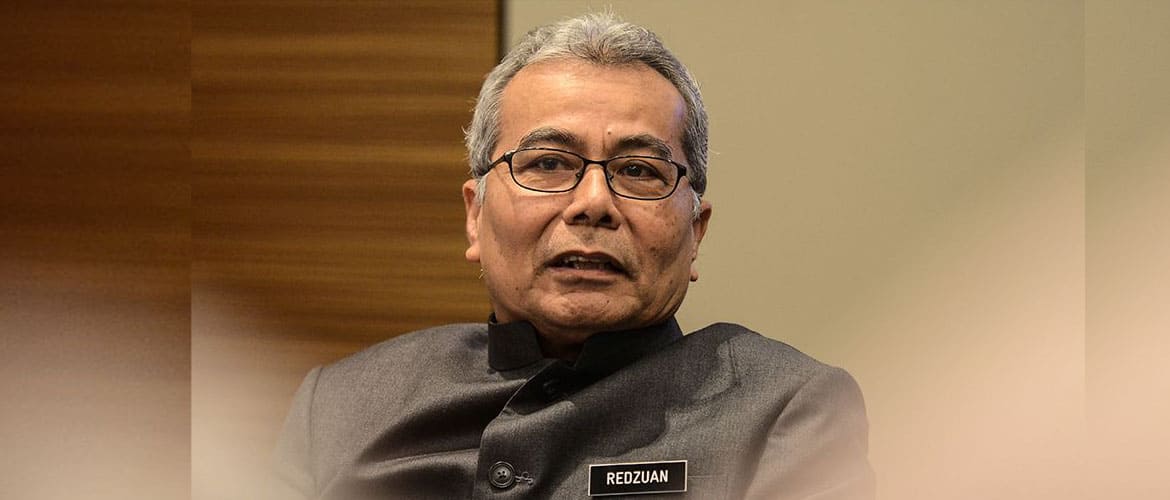Flying car - a reality?
February 28, 2019 | Expert Insights

The Minister of Entrepreneur Development Mohammad Redzuan Md Yusof of Malaysia is set to unveil the prototype of its first flying car to the public this year. The minister added that local companies would develop this prototype.
Background
A flying car is a type of personal air vehicle or roadable aircraft that provides door-to-door transportation by both ground and air. The term "flying car" is also sometimes used to include hovercars. Many prototypes have been built since the first years of the twentieth century using a variety of flight technologies, but no flying car has yet reached production status.
In 1940, Henry Ford famously predicted: "Mark my word: a combination airplane and motorcar is coming. You may smile, but it will come.”
Terrafugia has a flying road vehicle, the Terrafugia Transition. On 7 May 2013, Terrafugia announced the TF-X, a plug-in hybrid tilt-rotor vehicle that would be the first fully autonomous flying car. It would have a range of 500 miles (800 km) per flight and batteries are rechargeable by the engine. Development of TF-X is expected to last 8–12 years, which means it would not come to market before 2019.
Flying cars were planned to enter the Russian market in 2018. Ride-sharing giant Uber is working on the electric eCRM-003 eVTOL, with first tests expected by 2020, and very limited UberAir service trials by 2023 with 50 vehicles serving five skyports per city.
Analysis
Malaysia has announced that it would be unveiling its prototype of flying cars to the public this year. The Minister of Entrepreneur Development Mohd Redzuan Md Yusof said that the prototype - entirely driven by local technology, is already available.
He said that “This year is a realistic target because we have the technology already. It is all about the speed of implementation.” He added that the car would be safe and capable of flying at low altitudes at a reasonable speed. Mr Redzuan also highlighted that the Investment required to build the prototype would be slightly over RM1 million (US$245,500)."
This initiative was led by online to offline platform operator Fave to help offline retailers in Malaysia to go digital, in terms of payments, marketing, data and financial services. Fave founder Joel Neoh said that this initiative is also in collaboration with Grab Malaysia, Maybank, Malaysia Digital Economy Corporation, and Funding Societies and Productivity Nexus for Retail and Food and Beverages.
The project aims to capitalise on the country's capabilities in the aerospace, drone, unmanned aerial vehicle (UAV) and automotive sector. "Malaysia has the skillset to excel in the field of aerospace, drone, UAV and the national car, and we need to use our skillset because the bottom line is we want to be a producing nation," he said.
Prime Minister Mahathir Mohamad envisioned the third national car project. However, this flying car project is different from the third national car project. According to Prime Minister Mahathir, there is a need for Malaysia to develop a long-term vision to establish self-sufficiency with high-tech industries and a highly-skilled labour force. He argued that a competitive automotive industry is a necessary pre-requisite for Malaysia to be considered a developed nation.
Counterpoint
There are not many success stories of car projects in the country. The country started producing Protons in the 1980s, but they are routinely criticised for unimaginative models and shoddy workmanship. As a result, their popularity has fallen.
Widespread criticisms from the general public have been increasing in the country. Some questioned the wisdom of trying to develop a flying vehicle in Malaysia with the national car industry already facing problems. The country is also facing troubles in promoting hybrid and electric cars.
Assessment
Our assessment is that the flying car project is indeed a very ambitious and futuristic plan for the country. The country’s firm stance of unveiling the prototype reflects the growing technological capabilities of the Southeast Asian nation. We feel that Malaysia is effectively tapping the abundant resource present in the country. However, we believe it is too early to predict the economic viability of these cars due to its high cost of production.
Read more:
Image courtesy - Mohd_Redzuan








Comments